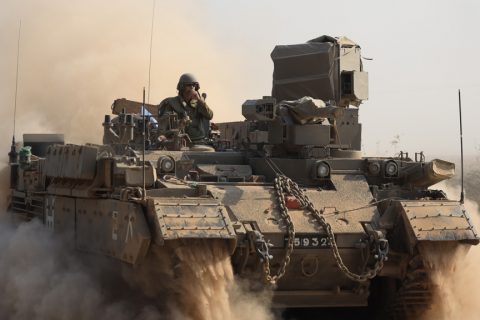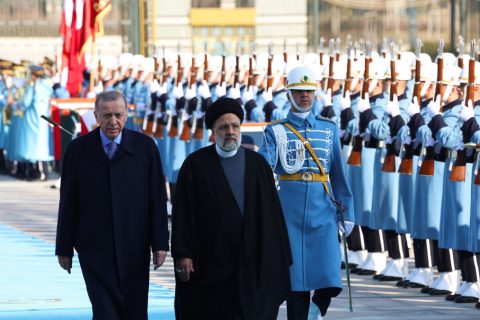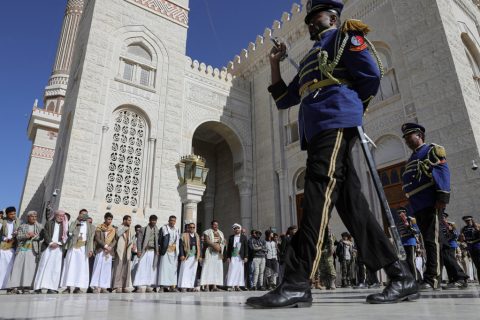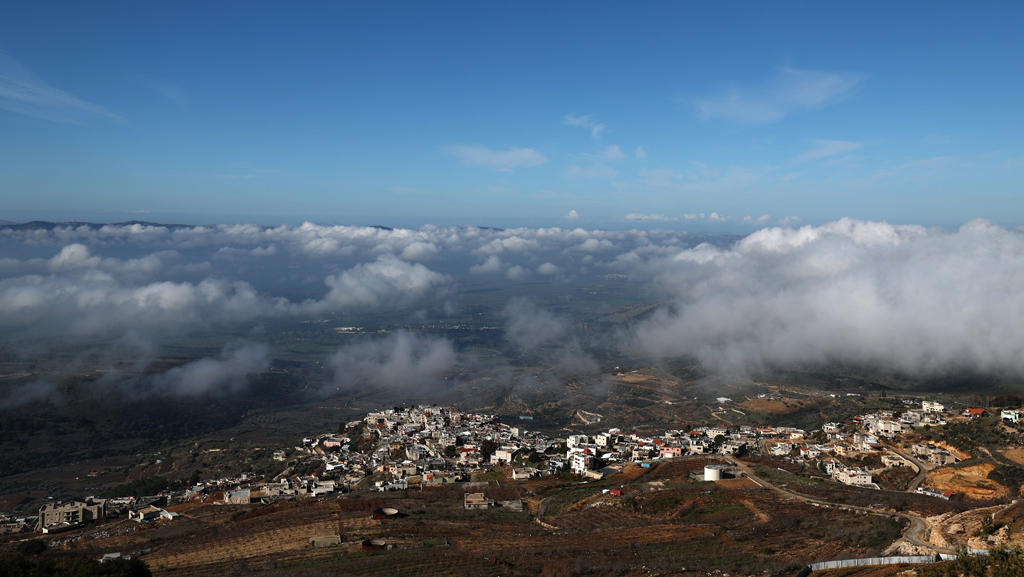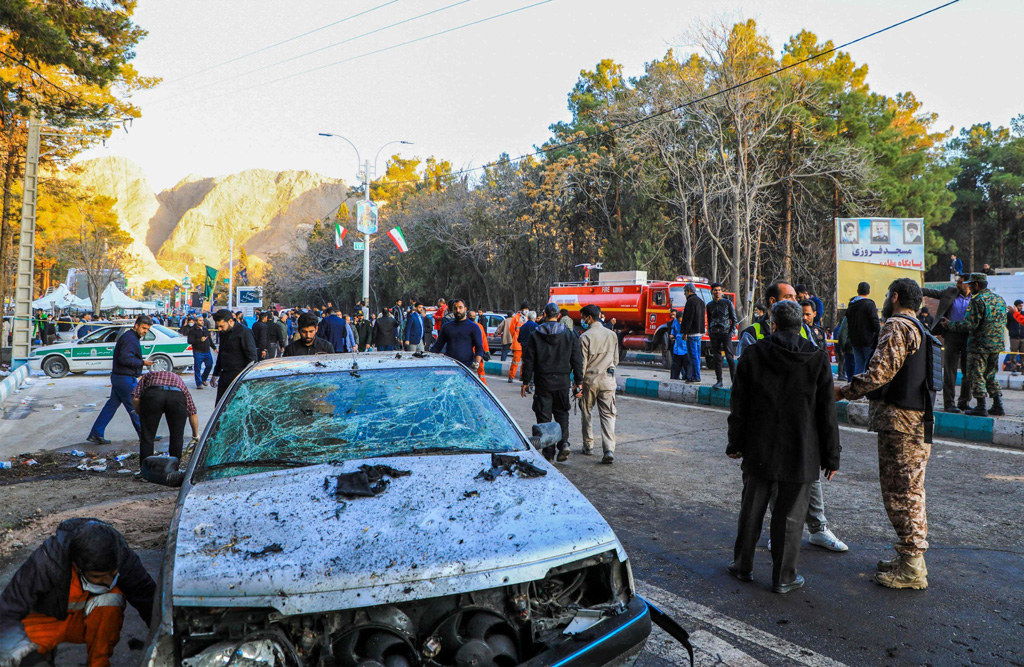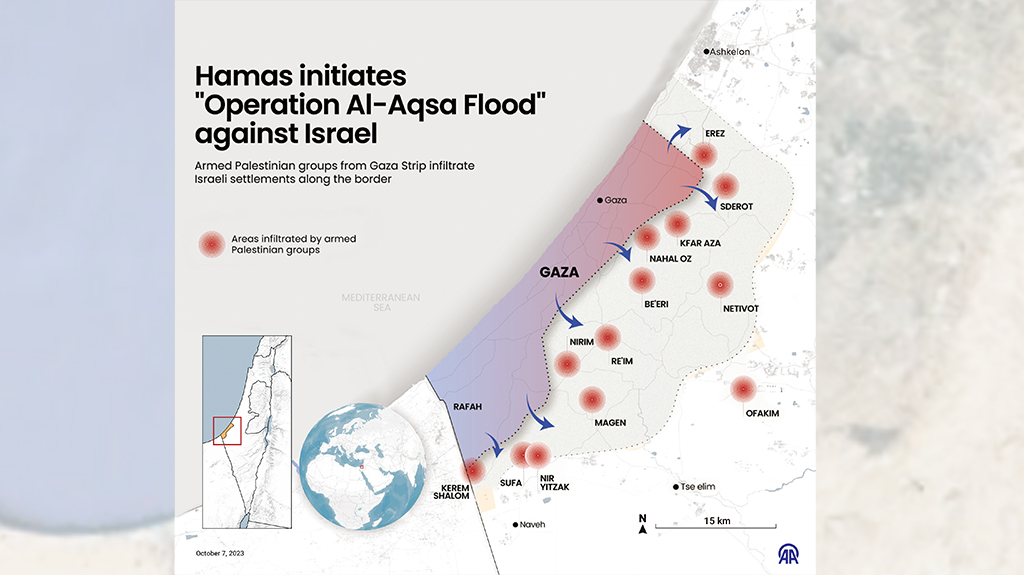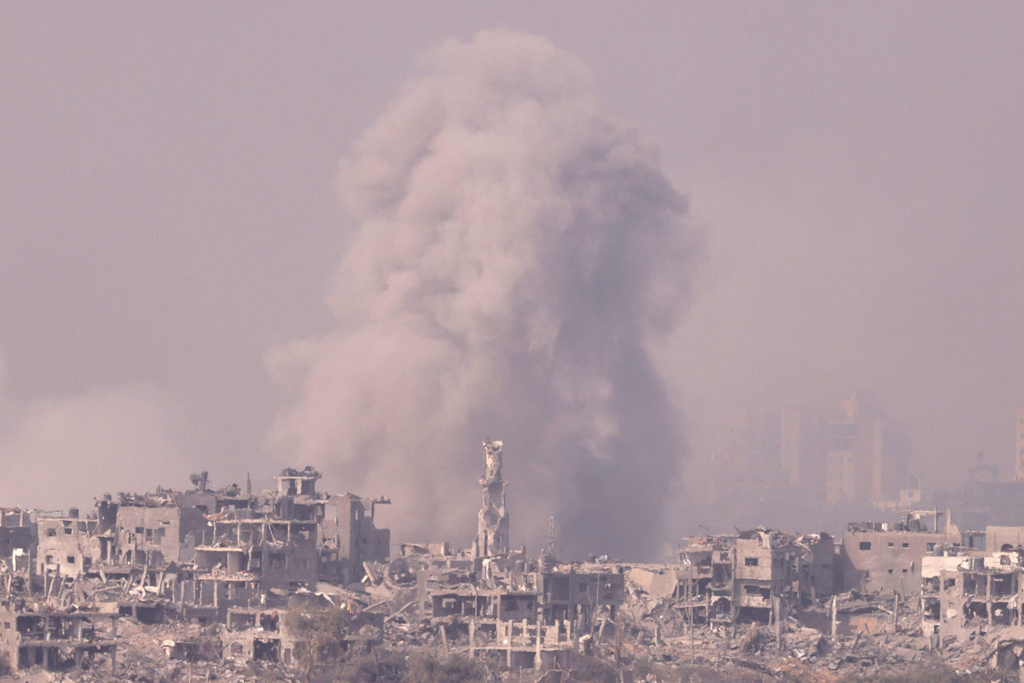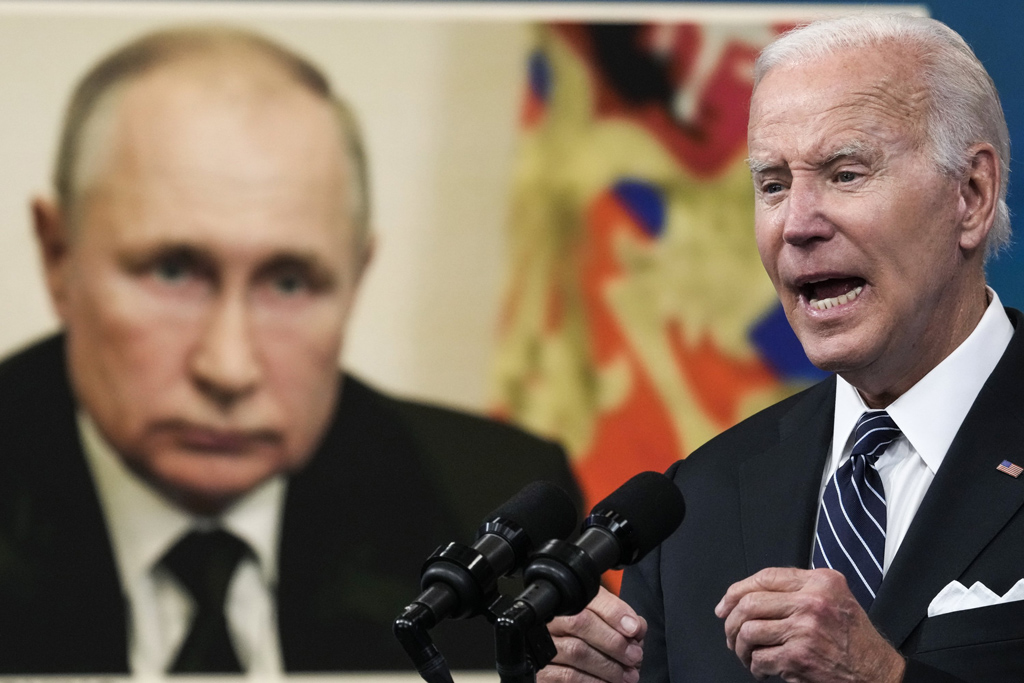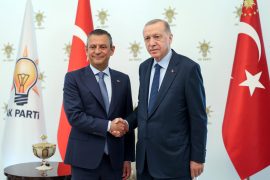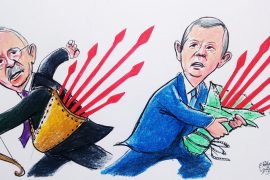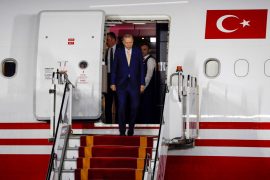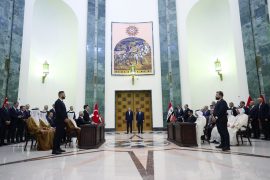Yemen
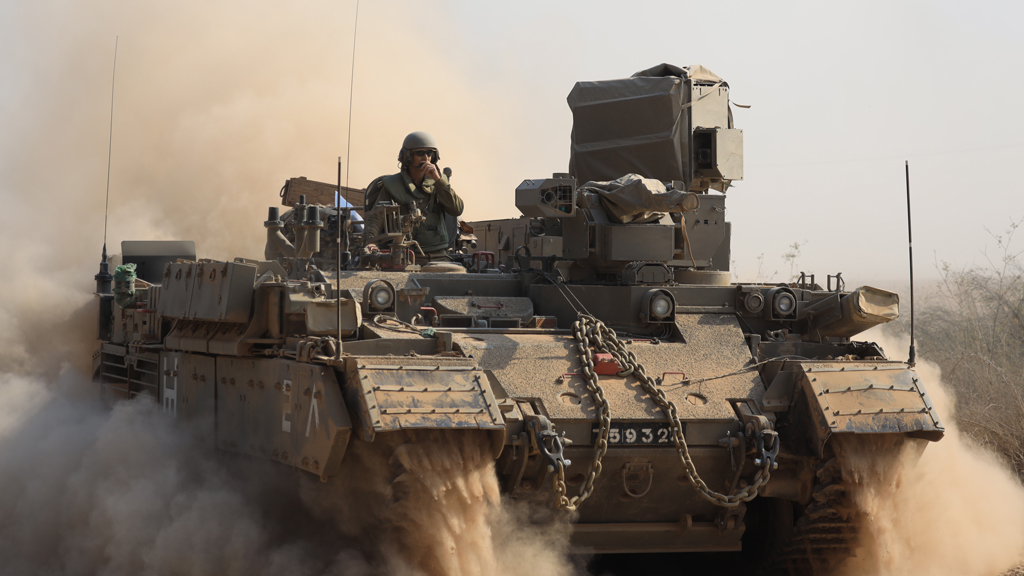
New escalation in regional conflict
| OpinionThe killing of three American soldiers in Jordan by pro-Iran militias via UAV strikes initiated …
-
Opinion
New escalation in regional conflict
By Kadir ÜstünThe killing of three American soldiers in Jordan by pro-Iran militias via UAV strikes initiated a new escalation in the escalating regional conflict. Since October 7th, concerns about regional warfare seemed obsolete. We previously noted Israeli Prime Minister Netanyahu's attempt to expand the Gaza conflict regionally and entangle the US in conflict with Iran. The Jordan attack partially succeeded in these efforts. Over the past week, the US conducted military operations in the region, signaling a response.
-
Opinion
Complex dynamics of Türkiye-Iran relations
By Murat YeşiltaşTraditionally, Türkiye-Iran relations have been defined by a mix of competition and cooperation. Sharing a long land border and possessing a multidimensional historical depth, numerous dynamics simultaneously affect the relationship between the two countries.
-
Opinion
Escalating tensions and the militarization of the Middle East
By Murat YeşiltaşThe recent developments in the Middle East region have led to a deepening instability, with the possibility of conflict increasing day by day. In 2023, we witnessed a period of relative normalization in the Middle East. While countries in the region were trying to minimize the potential for conflict, they had come a long way in developing common potential.
Bu Konuda Daha Fazla
-
Who benefits from controlled proxy conflict?
By Burhanettin DuranThe Middle East rang in the new year with assassinations and terror attacks. Saleh al-Arouri, the deputy leader of Hamas' political bureau, was assassinated in Beirut last Tuesday. The following day, two bombings in Kirman, Iran (for which Daesh has claimed responsibility) killed 103 people. As those attacks shifted everyone’s attention to Israel, Iran and Hezbollah pledged to exact “revenge and a heavy price.”
-
Terror attack in Iran deepens security crisis in Middle...
By Murat YeşiltaşOn Jan. 4, Tehran Times, an international newspaper of Iran, described Qassem Soleimani, who was killed by the United States in Iraq, as the “architect” of the new regional geometry in the Middle East. On the same day, a terrorist attack occurred in Kerman, Iran, killing more than 100 civilians.
-
Operation al-Aqsa Flood: A Rupture in the History of...
By Muhammed Hüseyin MercanThis paper argues that the al-Aqsa Flood operation launched by the Izz ad-Din al-Qassam Brigades –the military wing of Hamas– on the morning of October 7 has led to a psychological and epistemological rupture in the Palestinian-Israeli conflict and Middle East politics as the operation marked a paradigm shift in the philosophy of the resistance. The infiltration of al-Qassam into the occupied territories by land, sea, and air was a clear sign of a change in the strategy of the resistance to continue the active struggle against the aggressive expansionism and aggression of the Zionist Israeli government. In this context, the study tries to frame Operation al-Aqsa Flood and analyze the dimensions of the rupture. Besides this, it will also outline the possible impact of the operation on global and regional politics, considering that the ongoing process will change the political balance in the Middle East.
-
Apocalyptic turn in the Middle East
By Murat YeşiltaşThe operation launched by Hamas against Israel on Oct. 7 continues, accompanied by Israel’s extensive air and ground operations. Israel’s military attacks carried out to overcome the shock experienced within the country, reestablish military deterrence and eliminate Hamas through the collective punishment method have now completed their 24th day.
-
Putin-Biden spat and course of propaganda war
By Burhanettin DuranThe Israeli-Palestinian conflict threatens to spread across the region and exacerbate great power competition. As United States military bases in Iraq and Syria come under drone attacks more and more frequently, a U.S. destroyer in the Red Sea shot down cruise missiles that the Houthi rebels in Yemen fired at Israel – harassing fire from Iran’s proxies.
